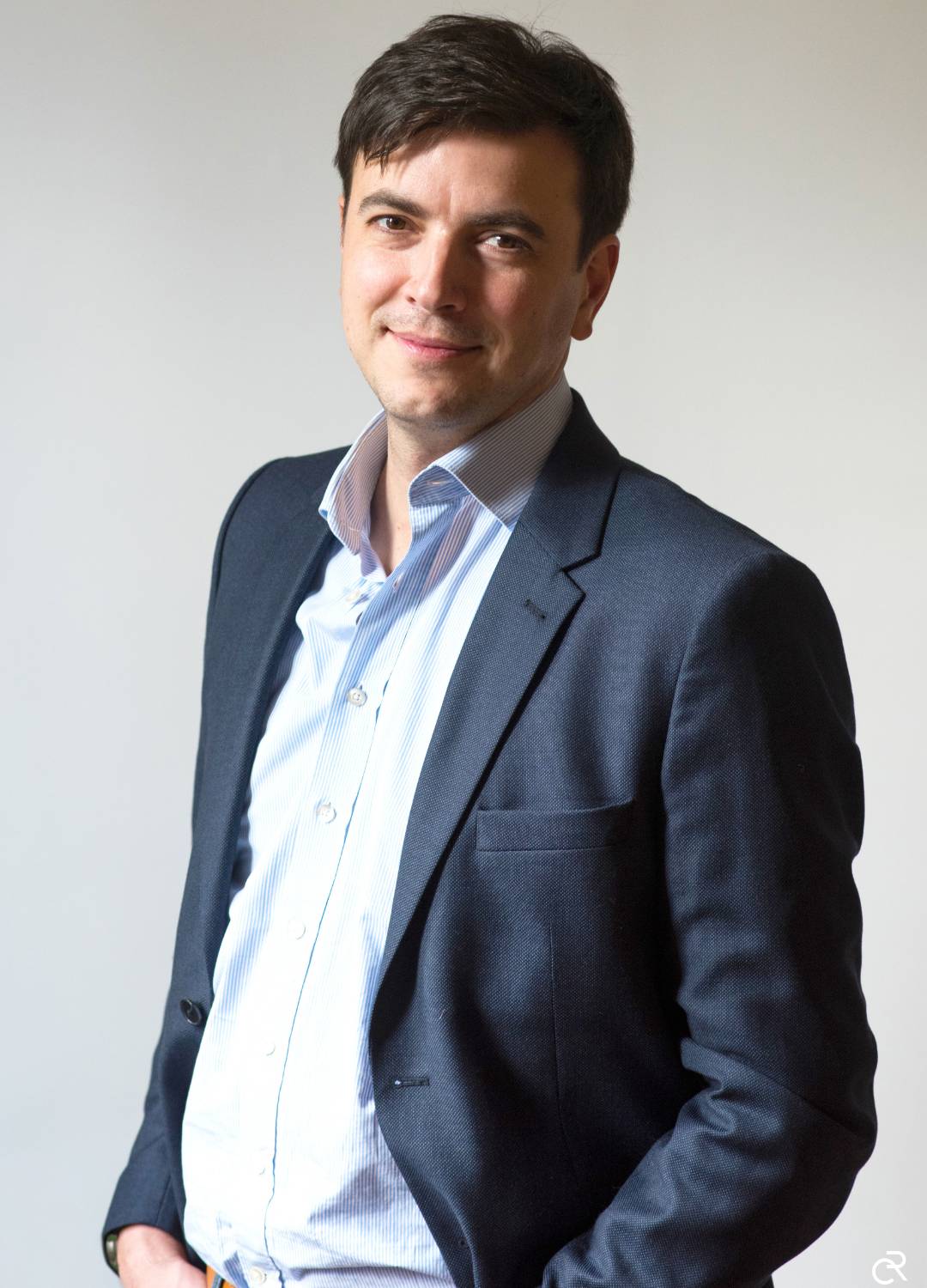The architecture firm Perrot & Richard joins the Terra Sancta Museum project
The Terra Sancta Museum entered the major construction phase last summer after a period of studying and dismantling its future spaces. On this occasion, the architecture firm of Perrot & Richard, specialized in heritage context projects, joined the teams already mobilized by this major project. We met with architects Florent Richard and Lorraine Abu Azizeh at their Paris office.
Founded by Chief Architect of Historical Monuments Alain-Charles Perrot and heritage architect Florent Richard, this firm has been specialized in the enhancement and conservation of heritage for thirty years. It has established itself as a key player in the field, with work on French monuments as prestigious as the Garnier Opera, the Sainte-Chapelle, or the Comédie Française.

This highly specific area of expertise requires working within a rigorous framework where respect for the past permeates the project throughout its realization. This requirement is at the core of Florent Richard’s profession, who states: “When intervening in an existing building, one must be even more inventive when faced with a framework of maximum constraint. Repetitive solutions cannot be used in situations that are always different. We are custom-made professionals.”
This custom-made expertise is precisely what the Terra Sancta Museum needs, as the historical museum comes to life within the Franciscan convent of the Holy Land. This former Georgian monastery, acquired in 1559 by the Friars Minor after their expulsion from Mount Zion by the Ottoman power, today hosts a hundred of them and a parish of thousands of faithful. The Terra Sancta Museum must integrate harmoniously into this community life while ensuring optimal preservation of the collections in a building with a complex historical stratification.
“Contributing to the birth of this museum is to perform a useful deed.”
The importance of the encounter, with a project and its carriers, becomes apparent as Florent Richard recalls his discovery of the museum. It was during a trip organized in November 2022 by the Mansart Foundation, committed to the challenges of conservation and enhancement of heritage and a supporter of the Terra Sancta Museum, that Florent Richard visited Jerusalem. It was there that he enthusiastically discovered the preparation of a museum in the heart of the Custody of the Holy Land: “This project is astonishing: such a quantity of objects that tell of centuries of the diplomatic, political, artistic, and spiritual history of Jerusalem seemed fascinating to us. It engages us in something very powerful!”

This discovery led to a contractual agreement signed on August 3, 2023, between the museum and Perrot & Richard, with the firm taking on the project management of the plan, which had become far too ambitious for the small team of the Technical Office of the Custody, already engaged in about sixty sanctuaries and other social housing projects. It all starts with the commissioning of a comprehensive audit report and the recruitment of Lorraine Abu Azizeh, an architect from the technical service of the Custody of the Holy Land in charge of the museum’s construction site for two years. Thus, the Terra Sancta Museum benefits in Paris from the continuity of expertise acquired in Jerusalem.
The first stage of this work saw the architects from the firm along with consultants travelling to Jerusalem at the end of September. It was an opportunity for Florent Richard and Lorraine Abu Azizeh to: “mobilize an entire field of expertise at the service of this project (acoustics, lighting…) in a city that is unique in the world and crossed by multiple challenges.” This site visit allowed making an analysis using modern engineering with the completion of a comprehensive photographic survey for immersive work, and enabling remote work via cutting-edge tools. “We did not know when we would be able to return, whether because of our other activities or the presence or absence of our contacts. We came as if it were the first and last time for a three-day mission, sleeping very little at night: our time for capitalization is always very short to best defend the cause entrusted to us,” recounts Florent Richard.


The findings of this audit were presented to the scientific committee at the end of 2023. They suggest avenues for reflection and further study on crucial subjects: the management of visitor flows and access to the museum, air treatment, harmonization of floor levels to allow as many people as possible to visit the museum, and the expansion of technical facilities. These lines of work will be at the heart of 2024, which will see the production of in-depth studies. These research efforts will thus mobilize architects, structural and fluid specialists, acousticians, lighting designers, and construction economists, in close collaboration with the scenographer. Workshops bringing these professionals together will be held on a weekly basis in Paris, the first of which took place on January 16 and 17 in the presence of part of the Jerusalem team.

The course has been set: by the end of the year, the Custody expects what is known in construction jargon as the “project tender documents”, that is, the last step before the launch of the consultation with the companies that will carry out the work of the third phase of the project. For now, Florent Richard is mobilizing all energies: “It is a project that is very dear to our hearts, and we know that we are going to be transformed by this place, to contribute to the birth of this museum is to perform a useful deed!”



